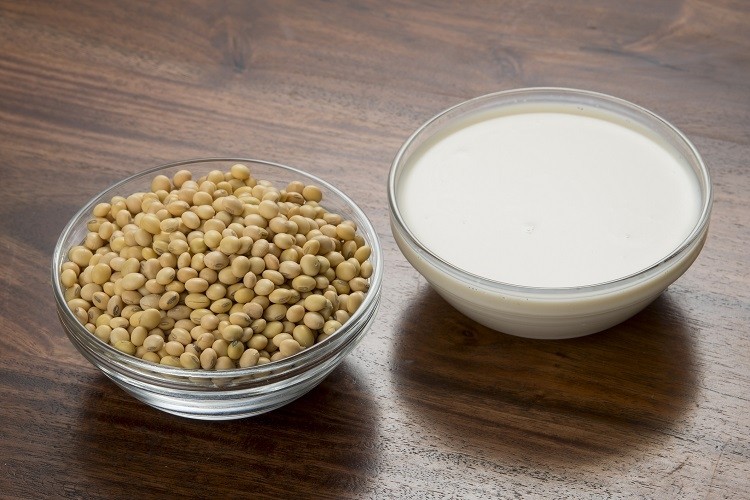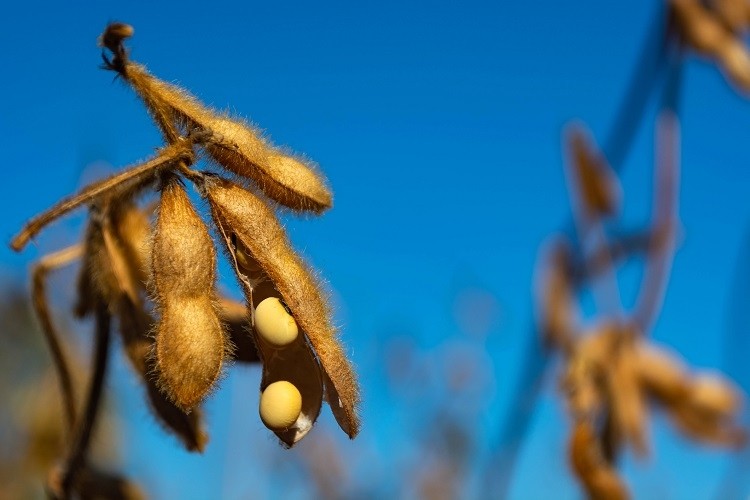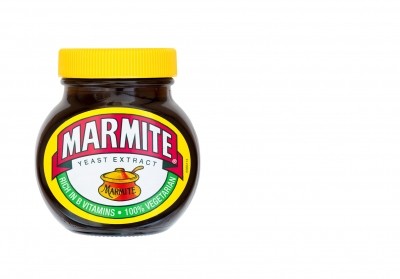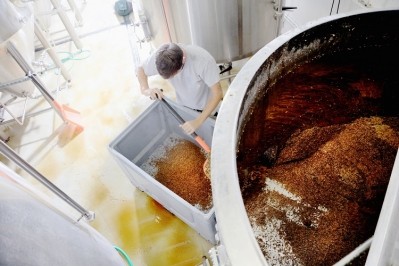New meat analogue developed with ‘less salt, fat, and more flavour than real meat’
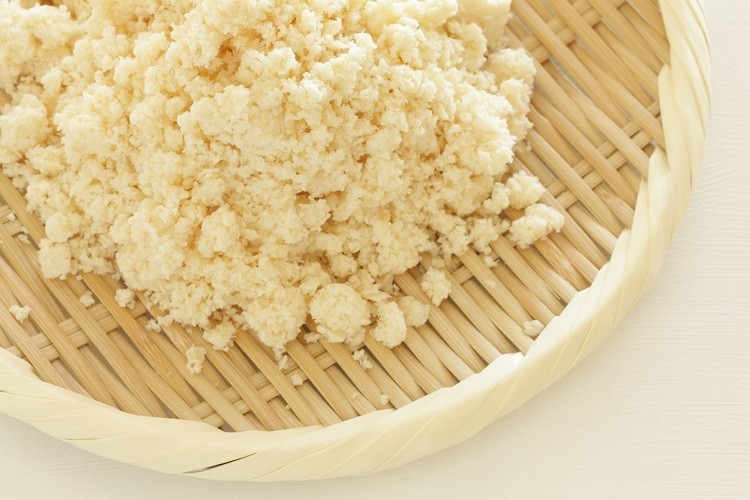
The plant-based meat category is well established in Europe, where food makers largely leverage pea and soy proteins to help mimic the look, taste, and feel of real meat.
A team of researchers from Kaunas University of Technology (KTU) in Lithuania and the University of Helsinki in Finland, however, are adding a new ingredient to the meat analogue toolbox: fermented okara.
Soybean pulp in the lab
Okara is a by-product of soymilk and tofu production. When soybeans are boiled and blended, and the liquid portion removed, the remaining soybean pulp – otherwise known as okara – is traditionally given to livestock as food or diverted to landfill.
Currently, there are no commercialised meat analogue products made with okara on the market. Dr Gitana Alenčikienė, senior researcher at KTU, puts this down to its relatively low protein content.
“Usually in meat analogue production, the main ingredient is plant protein. In okara, the amount of protein is not high enough to serve as the main protein source,” she told this publication.
“We looked at the situation from a different point of view: okara still contains a lot of nutritional value from fibre and minerals, with some amount of protein, so we made the hypothesis that it is still possible to use this ingredient for food.”
To develop their meat analogue, the researchers fermented okara samples by applying probiotics L. plantarum P1 and L. acidophilus 308 strains. The fermented okara was then added to plant-based matrices in varying quantities.
Not only did the researchers conclude that the use of fermentation makes okara a suitable component for meat analogues, but they also determined the optimum condition for producing meat analogues according to sensory and nutritional analyses: an application of 6% okara in the matrices fermented by L. plantarum P1, when the matrices with okara are matured at 4° for two hours.
“We published results of an experiment during which the prototype of meat analogue was produced,” the senior researcher elaborated. “It was important to identify the main properties of the meat analogue prototypes without spices, to detect which taste or off-taste notes will [be present] in the product due to its okara content.”
Health and sustainability
Noting that there are health-related reasons for reducing meat consumption – such as being difficult to digest, having a saturated fat content that increases ‘bad’ cholesterol, and often being ‘over salted’ when in some processed formats – the researchers suggested their fermented okara prototype is a promising alternative.
Meat analogues made with fermented okara have more free amino acids, which they said diminish the antinutritional factors, making it easier to digest than meat.
The meat analogues modelled at KTU contained less fat and saturated fat, yet the same amount of protein as its conventional counterpart.
“Non-hydrogenated oils containing only small amounts of saturated fat were used while developing our products,” said Dr Alenčikienė.
“Thanks to the small amount of fat, we were able to create characteristic flavours by using only 1% salt. Among the eleven ingredients used in our product are natural spices, pigments and aromatic compounds, and no preservatives.”
From a sustainability perspective, the researchers suggested using okara makes their prototype not only more environmentally sustainable than conventional meat, but than other plant-based meat analogues.
By upcycling would-be-waste okara, the researchers hope less food would be sent to landfill in the future.
"Okara is rest raw material, which remains unused from production of soy beverages (in some region called soy milk) in high amounts," Dr Alenčikienė told this publication. "With the continuously growing trend for plant based beverages, amount of secondary or rest raw material okara is growing too.“
For Dr Alvija Šalaševičienė, director of the KTU Food Institute, meat analogues are the ‘future of food’. “Both business and science will have to reconsider the effect of using secondary raw materials, and it will benefit all parties by reducing costs and saving resources,
“We believe that science is the key to an efficient shift.”
The researchers are convinced that as organic waste recycling becomes more relevant, their modelled meat analogue will find its way to market.
Source: European Food Research and Technology
‘Impact of fermentation of okara on physicochemical, techno-functional, and sensory properties of meat analogues’
Published 18 June 2021
DOI: https://doi.org/10.1007/s00217-021-03798-8
Authors: Seyedmahmood Razavizadeh, Gitana Alenčikienė, Alvija Šalaševičienė, Lina Vaiciulyte-Funk, Per Ertbjerg, and Aelita Zabulione.
